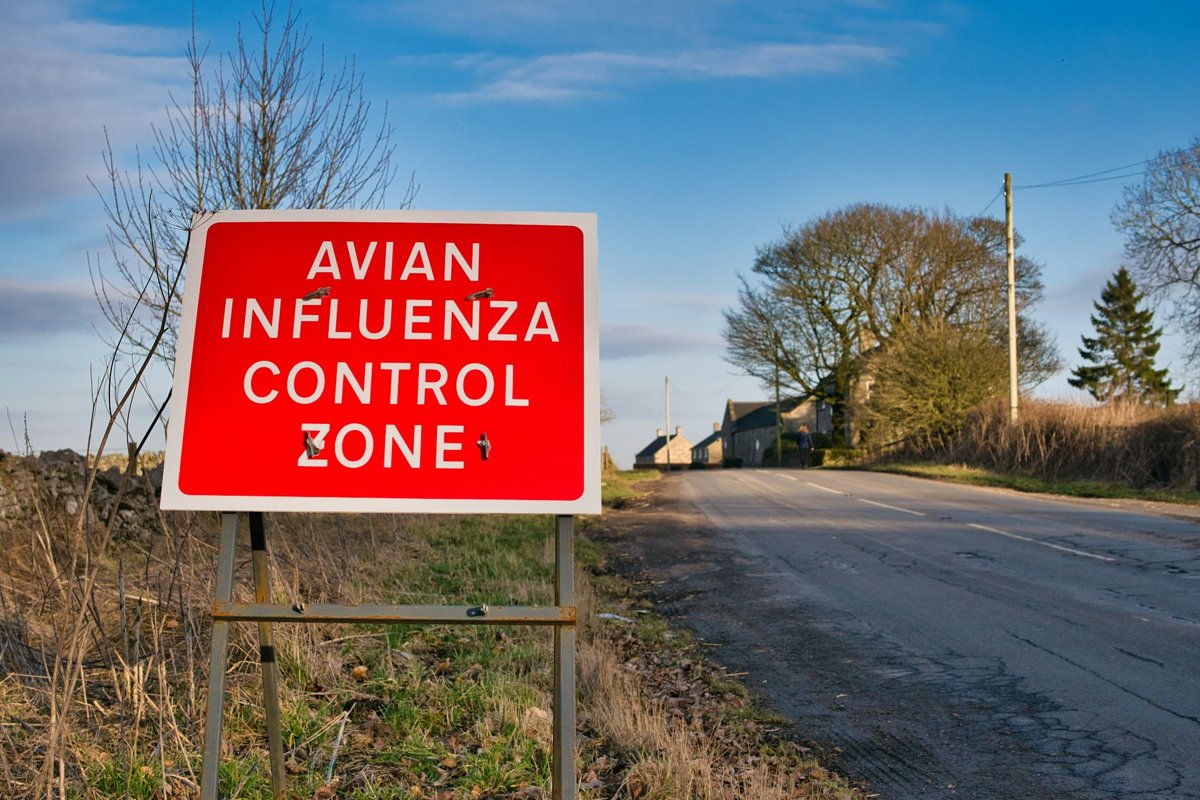Bird flu cases surging in UK but risk to humans remains low
Restrictions have recently been put in place in England and Scotland to curb the spread of bird flu.
- 31 January 2025
- 3 min read
- by The Conversation

A human case of bird flu has recently been detected in England. This news comes just days after restrictions were put in place to curb the virus’s spread among wild birds and poultry in England and Scotland.
Although cases of bird flu are surging among birds in the UK, the risk of the virus spreading to humans remains extremely low. A bit of context about influenza explains why health protection agencies think this is the case.
There are many different influenza viruses, each specialising in infecting different types of animals. Humans deal with three types of seasonal influenza viruses – H1N1, N2 and influenza B. Meanwhile, birds, particularly shore birds and waterfowl, contend with a vast number of their own influenza viruses.
Most avian influenza viruses cause minor infections, but a small subset, called highly pathogenic avian influenza viruses (HPAIVs), cause more serious illness. Among these, H5N1 stands out, having caused major poultry die-offs worldwide and occasionally serious illness in humans. In 2020, H5N1 evolved to spread more aggressively in wild birds.
The outbreak has led to devastating seabird die-offs and outbreaks in farmed birds. While cases subsided in mid-2023, they surged again in autumn 2024, leading to new avian influenza prevention zones in England, Scotland and Wales.
What does this outbreak mean for humans?
Despite its impact on birds, the risk to humans remains low. Bird flu viruses are highly adapted to their hosts, making human infections rare. When infections do occur, they typically affect individuals with close contact with birds, such as the recent poultry worker case in England.
Fortunately, the affected person is currently well, and antiviral drugs have been offered to those who may have been exposed. Measures introduced over the weekend will help reduce risks for poultry workers.
Have you read?
If you do not have close contact with wild or farmed birds, your risk of infection is very low. Avoid handling dead birds, prevent pets from scavenging carcasses and avoid feeding them raw bird meat from non-commercial sources. Sightings of dead or sick birds can be reported to health protection agencies.
Influenza viruses are quickly killed by heat, so there is no risk from consuming properly-cooked eggs or poultry. However, the outbreak may lead to temporary shortages of free-range eggs and higher prices, as seen in the US.
Is bird flu a problem anywhere else?
The UK outbreak is part of a global H5N1 crisis. In some regions, the virus has spread beyond birds to mammals. In South America, it is devastating seals and sea lions. In the US, it has adapted to dairy cattle and is being shed in milk.
Human infections have also been reported. In the US, numerous farm workers have contracted H5N1 from cattle, mostly with mild symptoms. However, two cases in the US and Canada led to severe illness, including one fatality.
There is no evidence of human-to-human transmission in the current outbreak. Surveillance in the UK would detect any such occurrence, and stockpiles of vaccines and antiviral drugs provide additional preparedness.
For now, bird flu remains primarily a concern for birds. Interventions to protect farmed birds aim to limit its impact and reduce the likelihood of future risks.
More from The Conversation
Recommended for you









